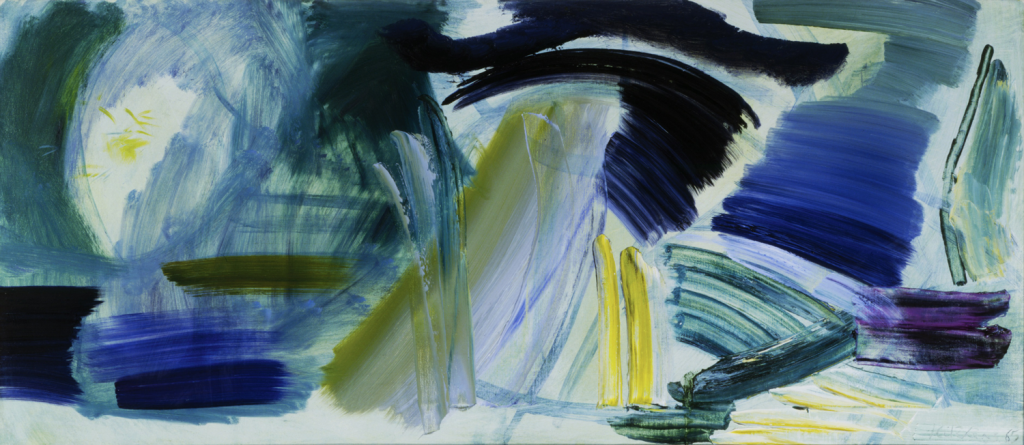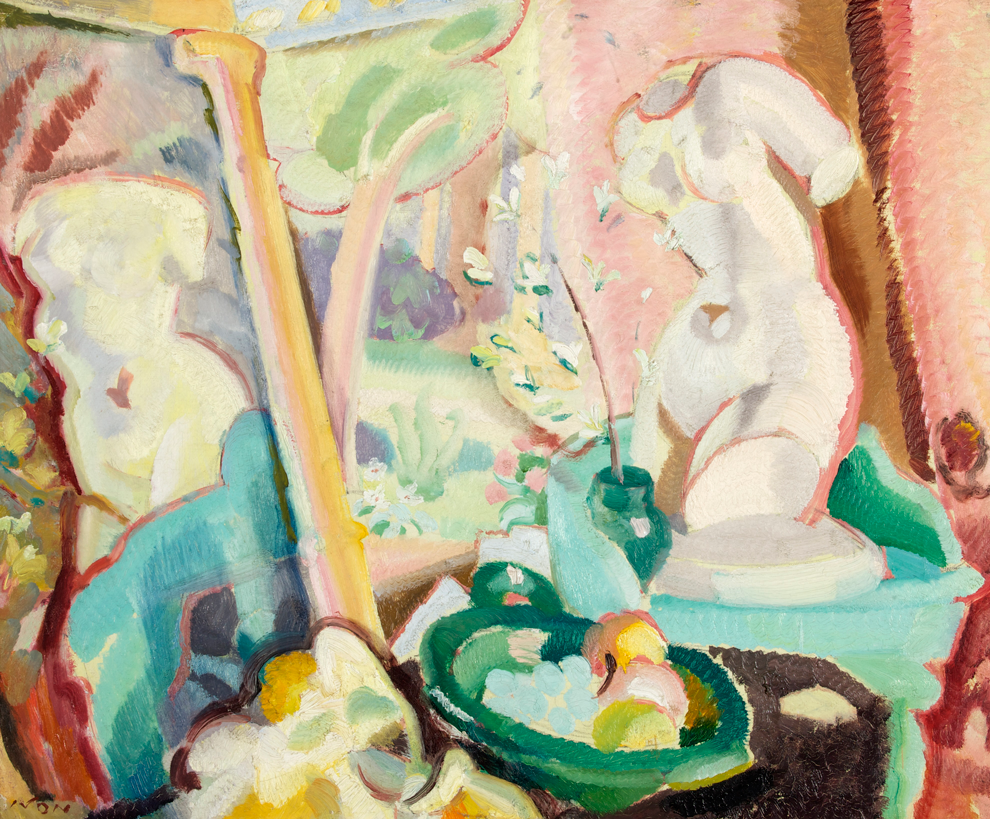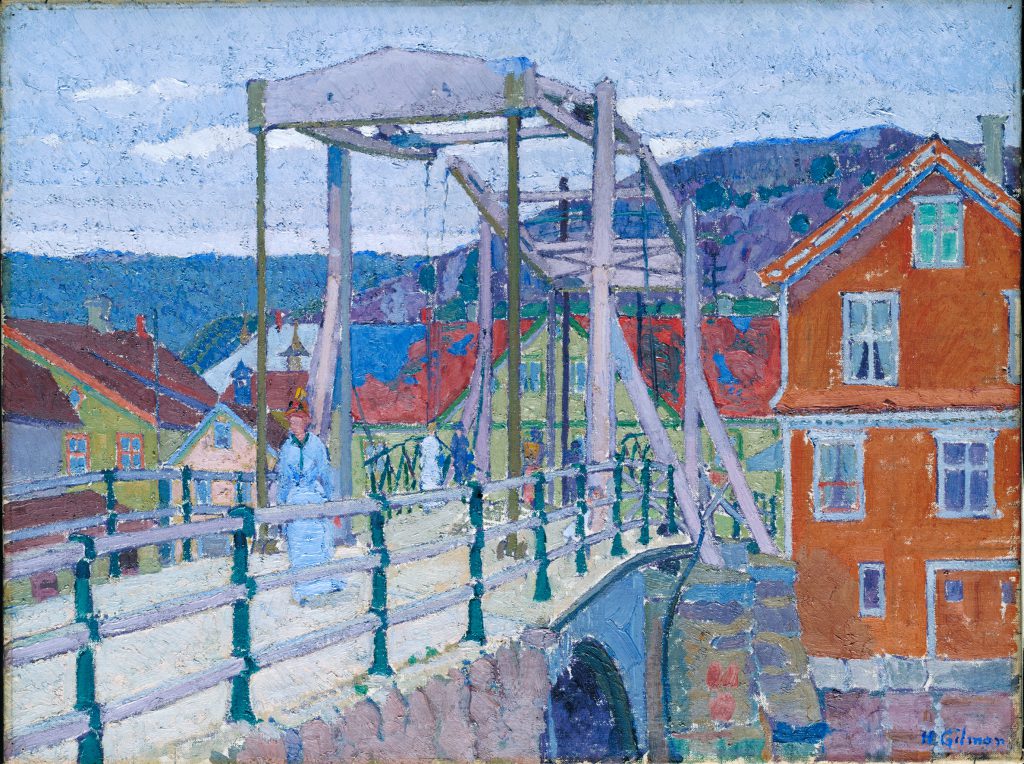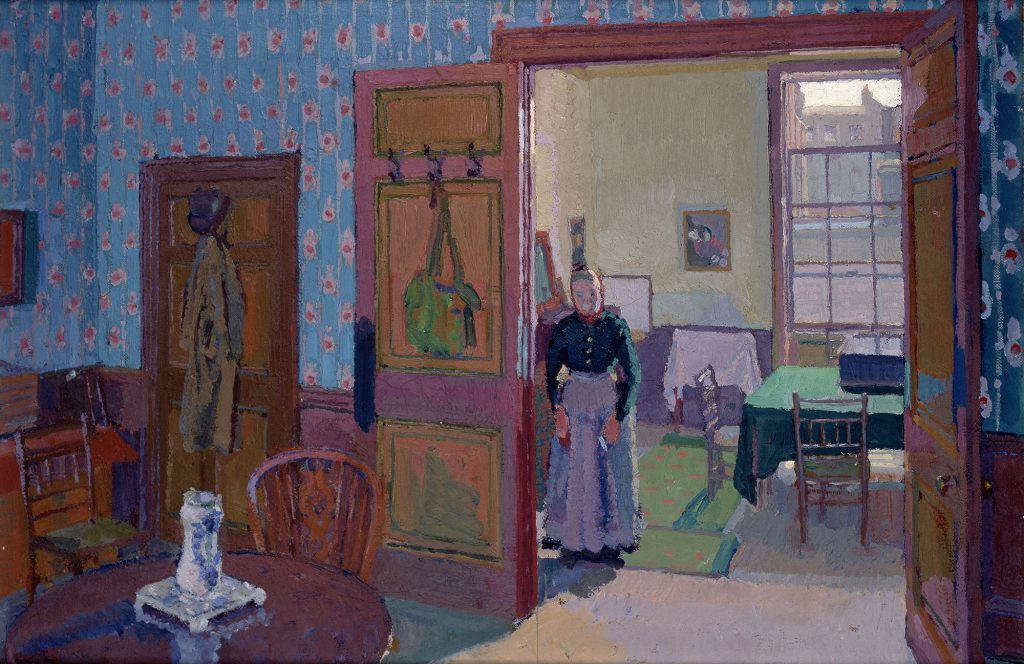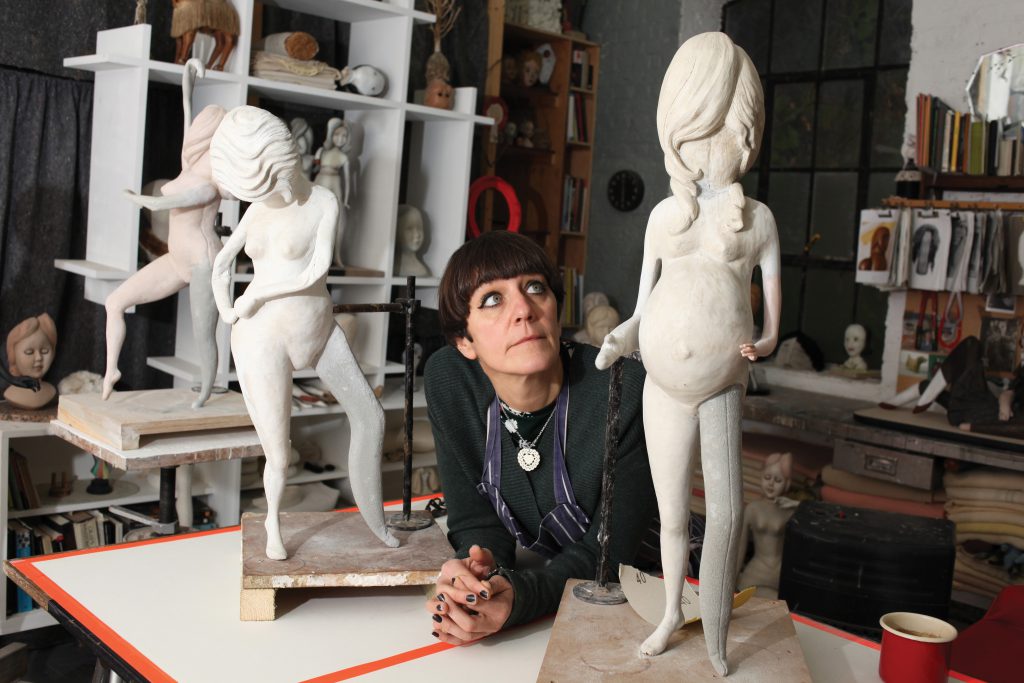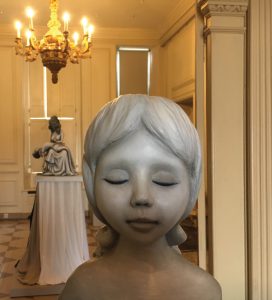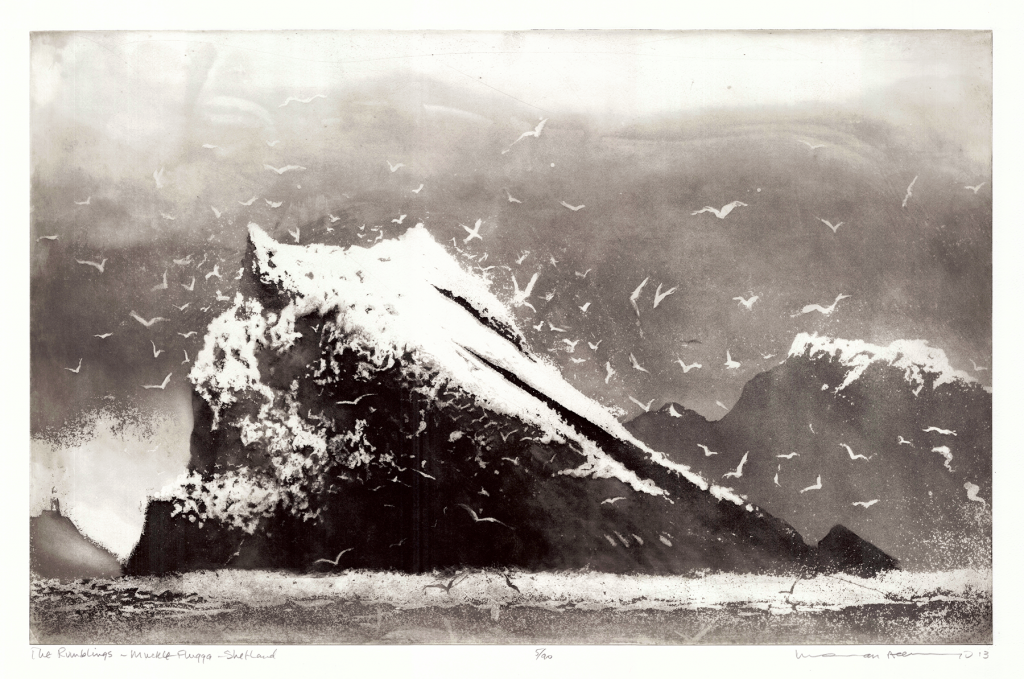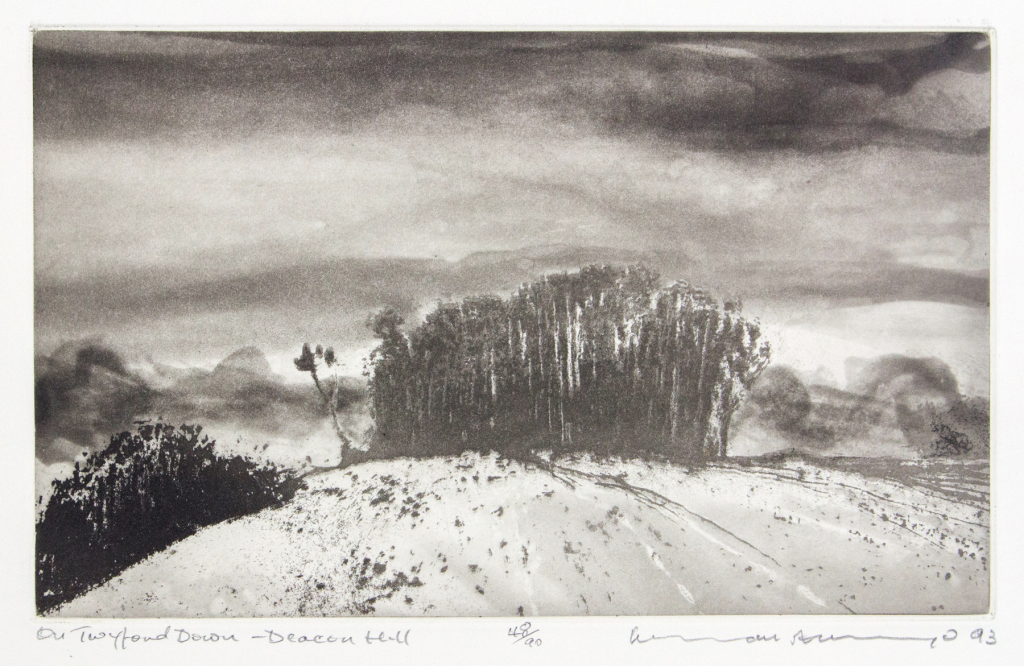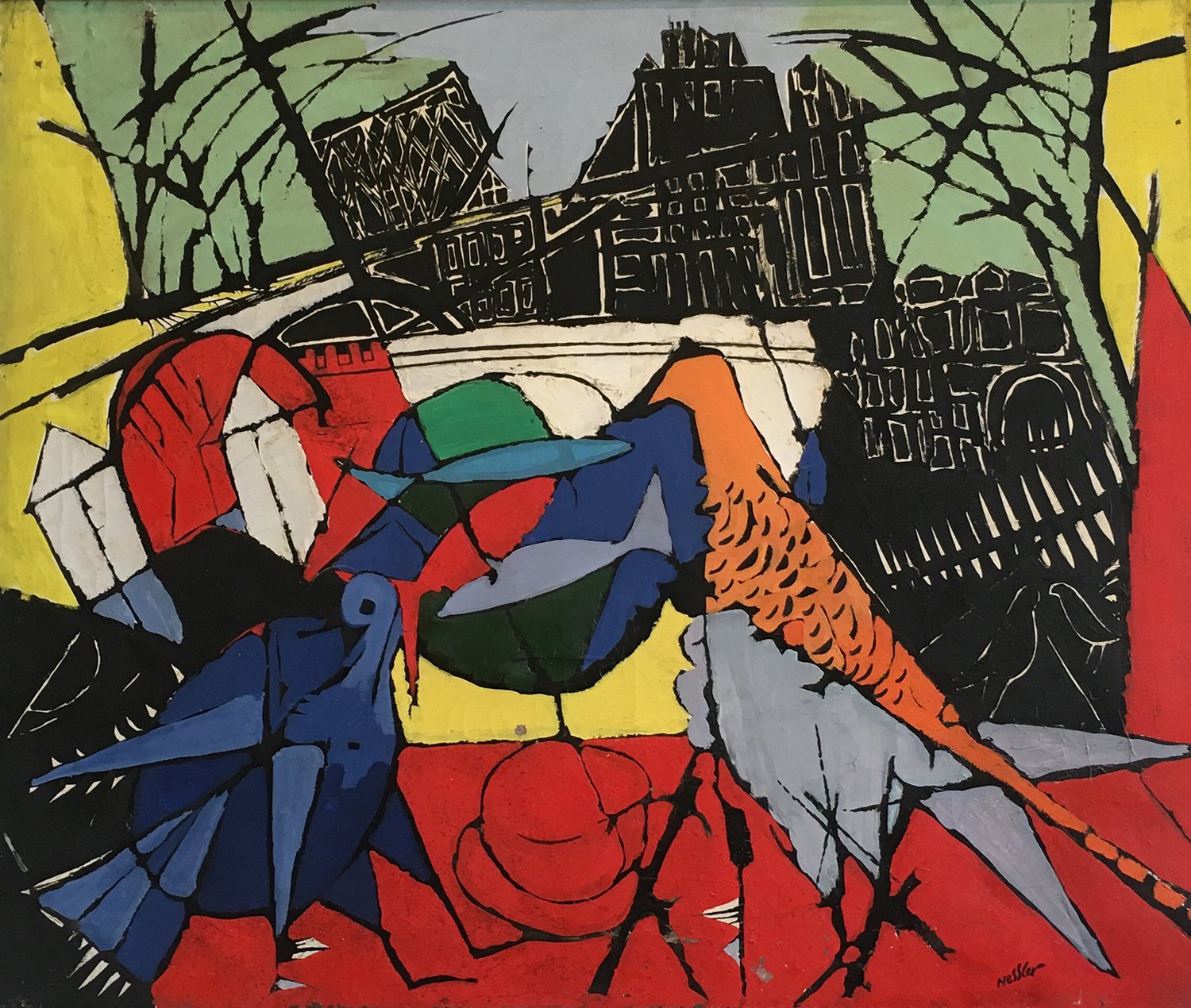
This week I am visiting the retrospective exhibition of the German émigré artist Walter Nessler (1912-2001) at Pallant House Gallery, Chichester, with the artist’s son Conrad.
Walter Nessler’s work reflects the plight of the émigré artist and the challenges of the war years. Nessler fled the Nazis and although he was not Jewish he felt an affinity with the Jews. He moved to London in 1937 where he lived until his death in 2001. However, there was always a sorrow in being separated from ‘his’ Germany and ‘his’ Dresden.
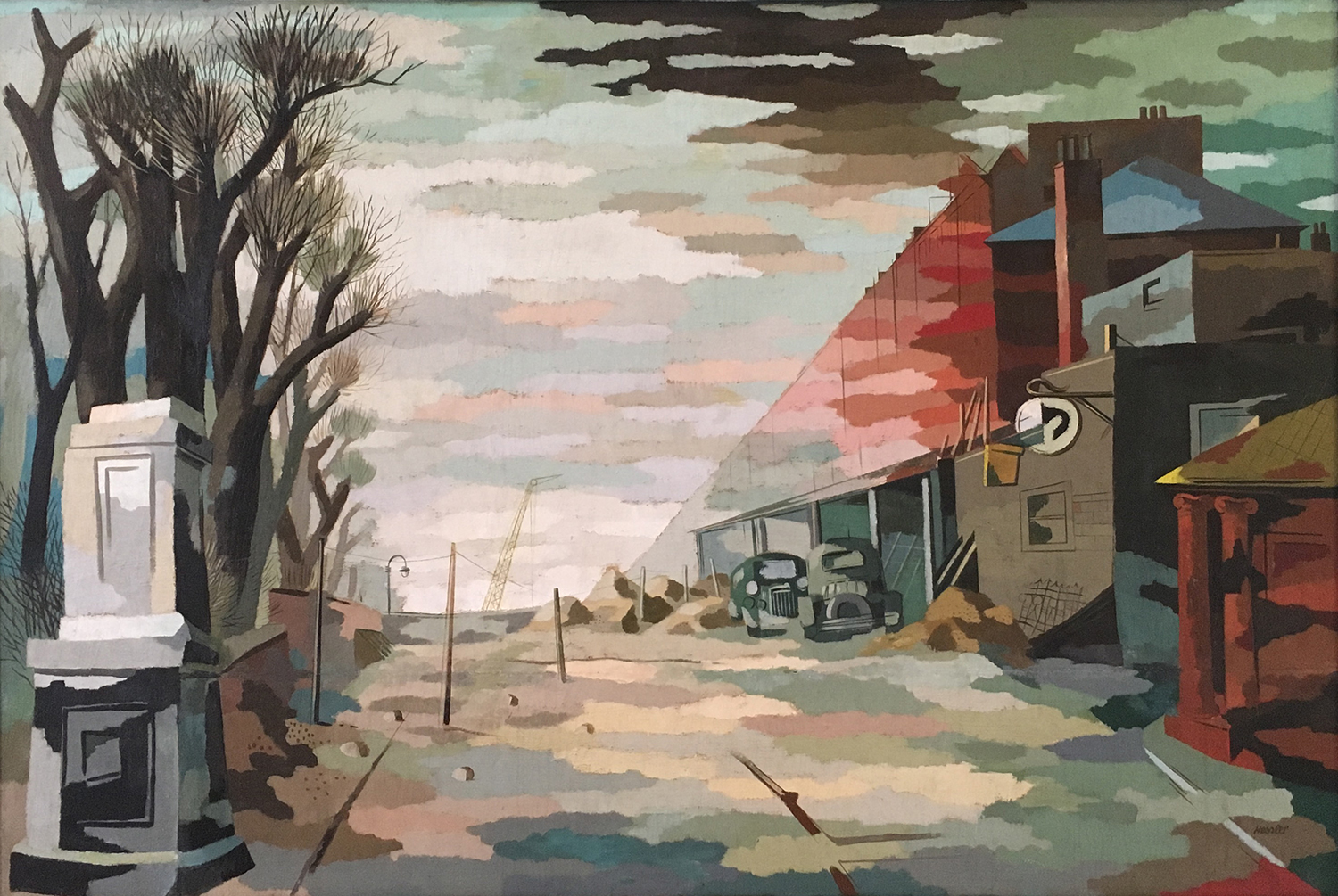
The bleak palette of the war years can be seen in Haverstock Hill painted in 1938/9. Its subdued blues and greys and the camouflage effect patterns in the painting lend the scene a surreal quality. After the war this muted palette would be replaced with the vibrant colours which were such a part of Nessler’s German Expressionist training.
Nessler worked intermittently for the Marlborough and Leger Galleries in London during the 1940s and 1950s during which time he visited Paris. His painting was inspired by the city’s artists and streets. He met Picasso, Giacometti and Cocteau. In the post-war period there was a return to a sense of optimism in his work expressed in bold outlines and colour.
Conrad explains how his mother and father were divorced in 1947 when he was six years old and the joy of rebuilding his relationship with his father and rediscovering his art later in life. He says “I believed in him and loved his work. His work stands up very well against his peers. This exhibition at Pallant House Gallery affirms my father’s reputation and that my confidence in him and his work was right.”
My eye is taken by a vibrant oil on canvas titled Pigeons on Windowsill, Paris painted in 1952.
Speaking about the painting Conrad remarks “I am confident that the bridge is the Pont Neuf and for me this is an optimistic landscape. My father had a wonderful sense of humour as you can see in his depiction of the pigeons. I often question whether the fish are in the Seine or a bowl?”
I agree, the view is hopeful and playful in its depictions of the birds and fishes in a strident palette – the outline of a cup of coffee on the windowsill. But this optimism is held in tension. The composition of the picture is divided. The dramatic depiction in monochrome of Parisian street architecture and jagged branches describe a sorrow and the shadow of war.
This retrospective of Walter Nessler’s work portrays him as an emotionally intelligent artist who remained optimistic but owned with integrity that he and his art were informed both by the joys and the sorrows of his life. It reflects a very personal journey of reconciliation and hope expressed through art.
‘Walter Nessler – Post-war Optimist’ runs at Pallant House Gallery until 6th October 2019. For more information visit www.pallant.org.uk.
And you must make time to see the exceptional and beautiful ‘Ivon Hitchens: Space through Colour’ exhibition whilst you are there.
By Rupert Toovey, a senior director of Toovey’s, the leading fine art auction house in West Sussex, based on the A24 at Washington. Originally published in the West Sussex Gazette.
